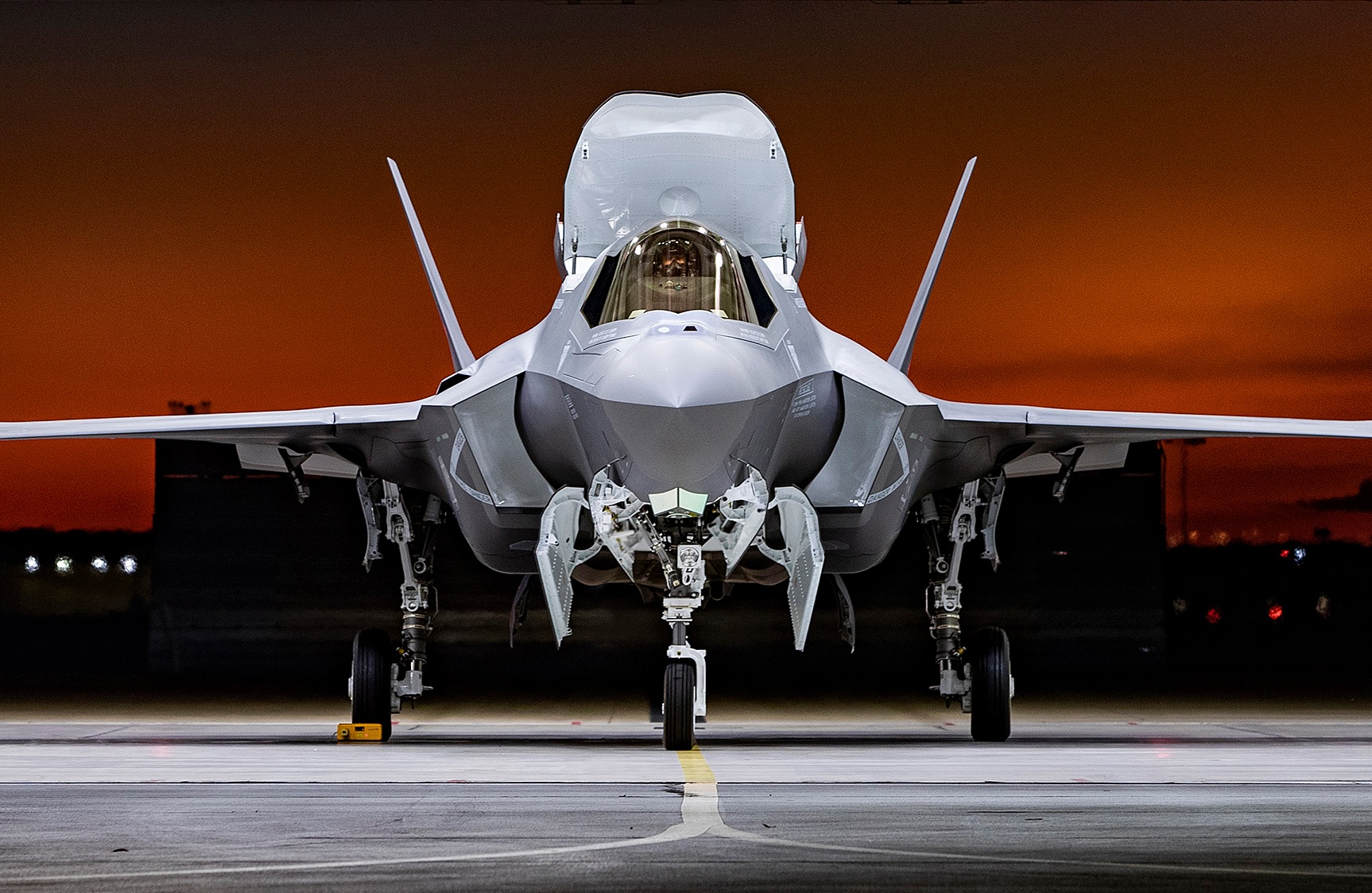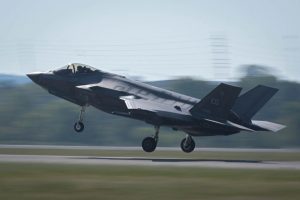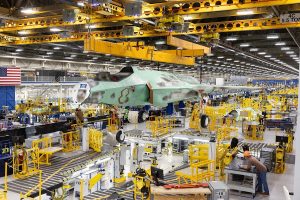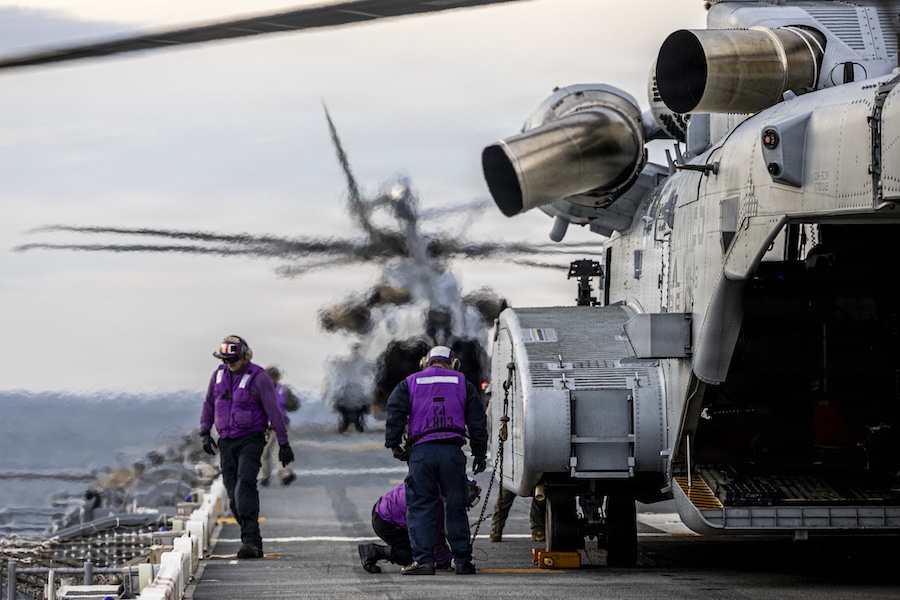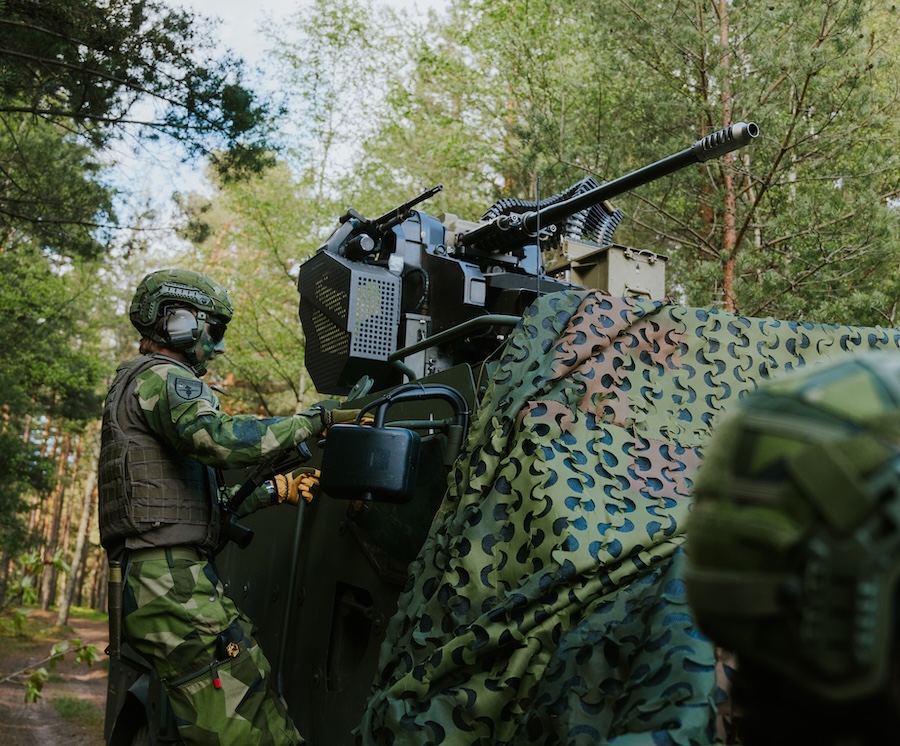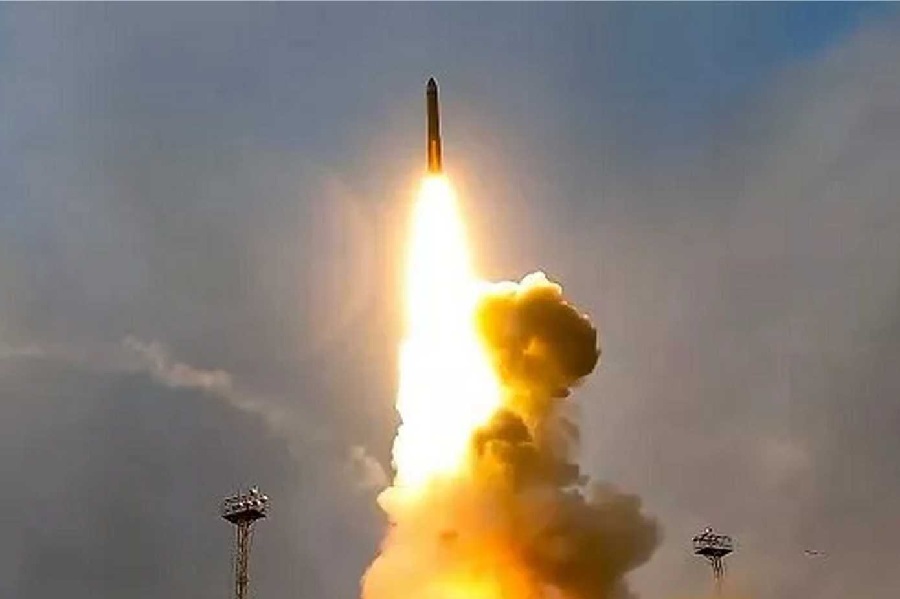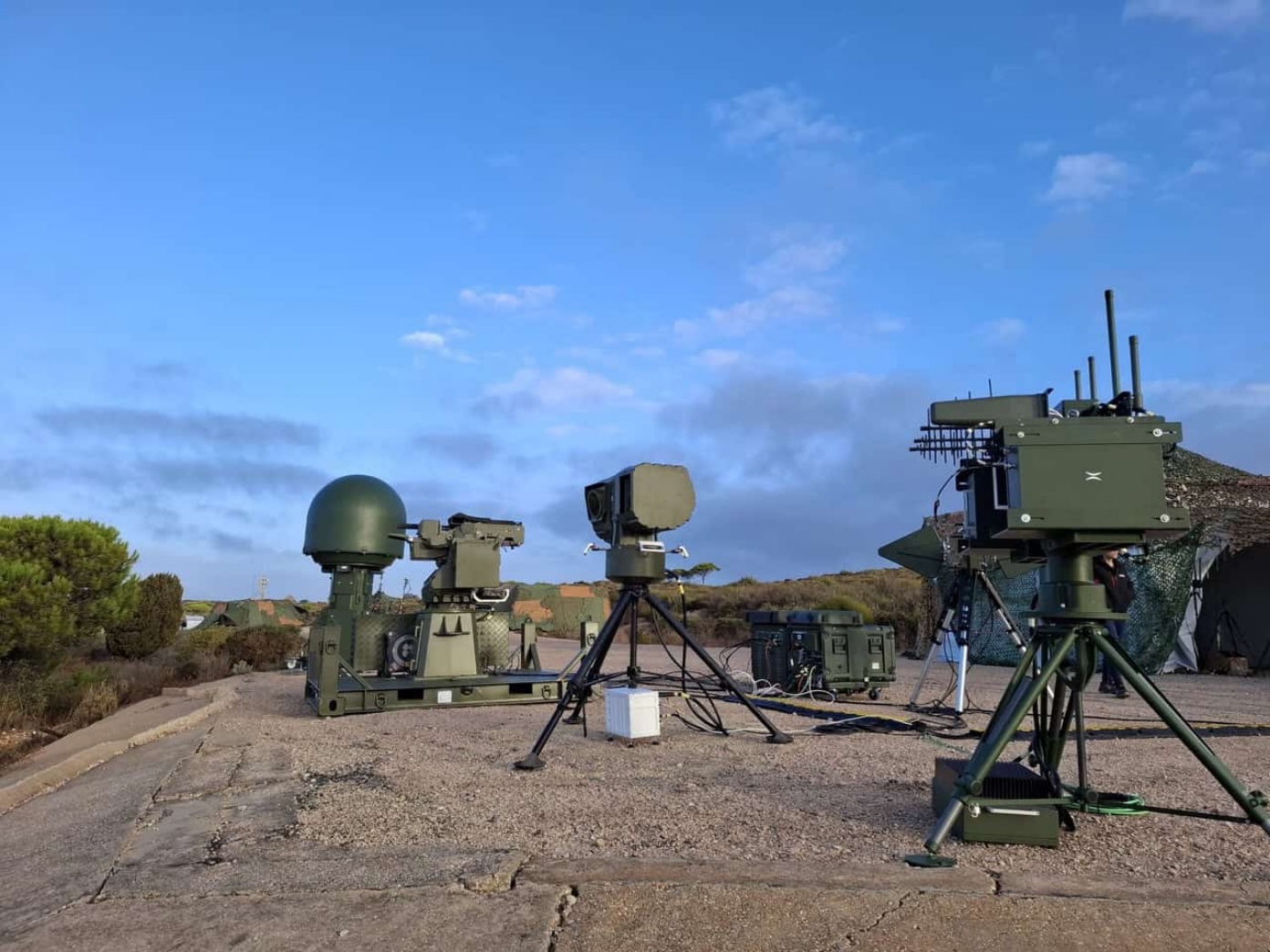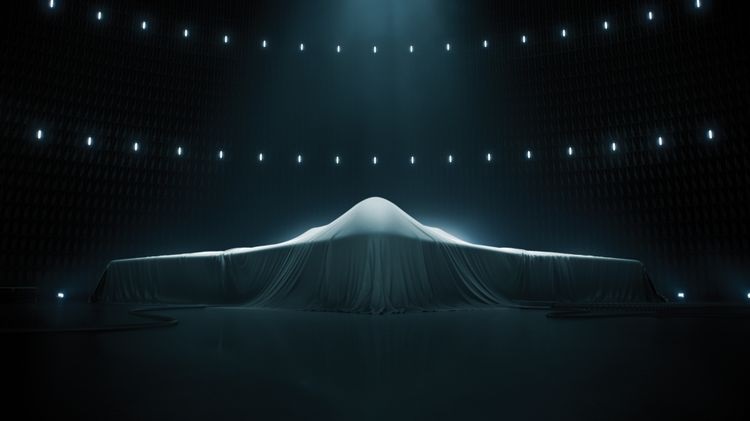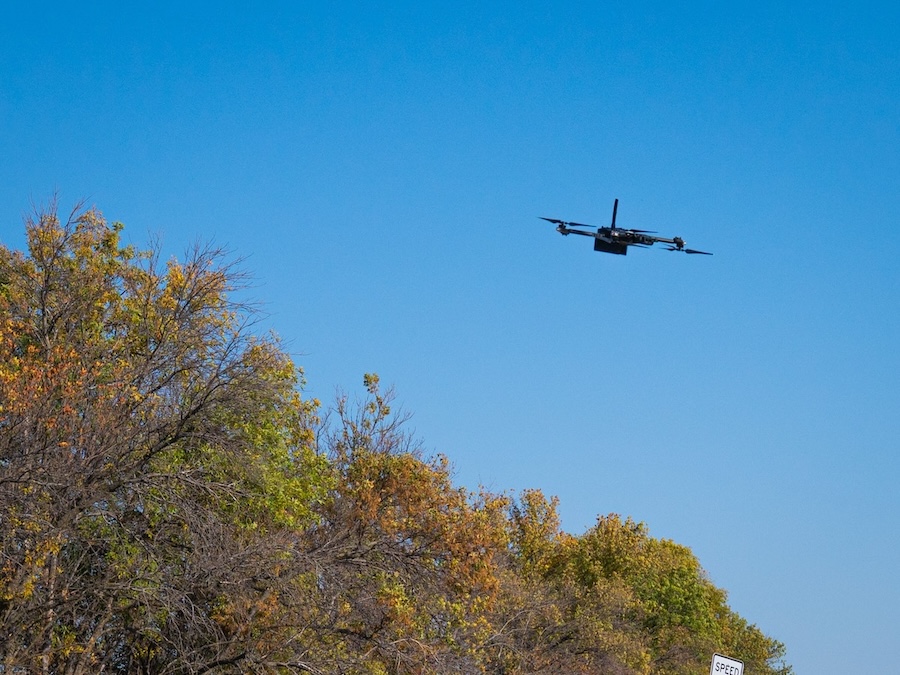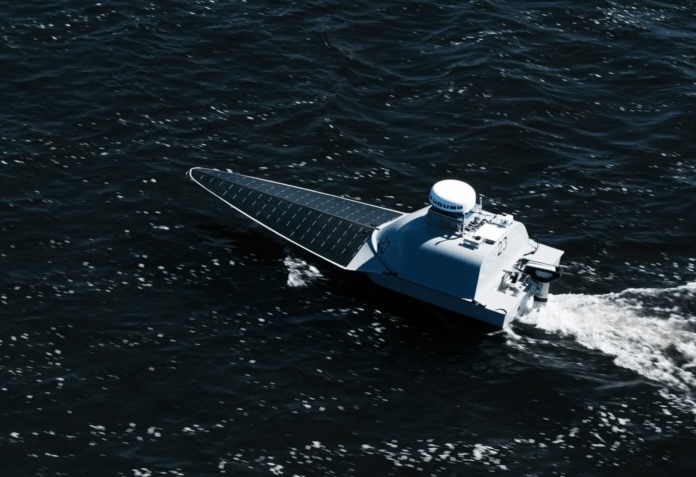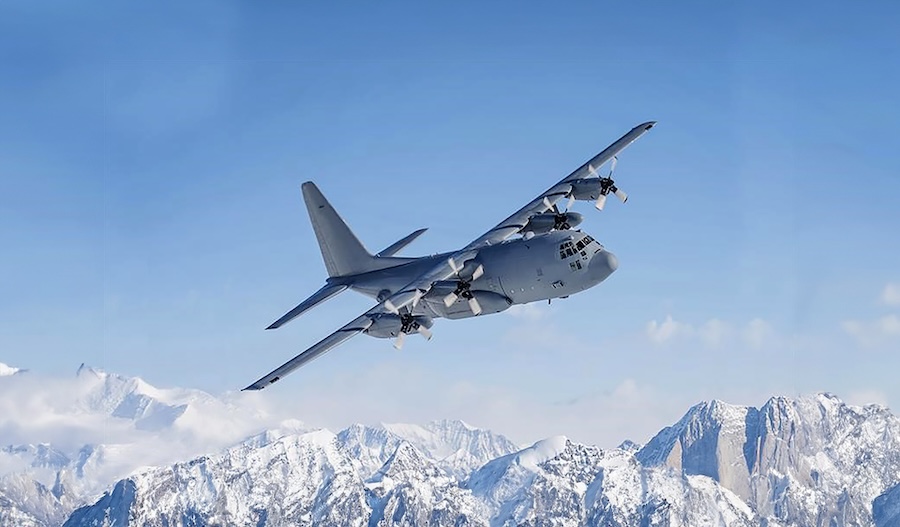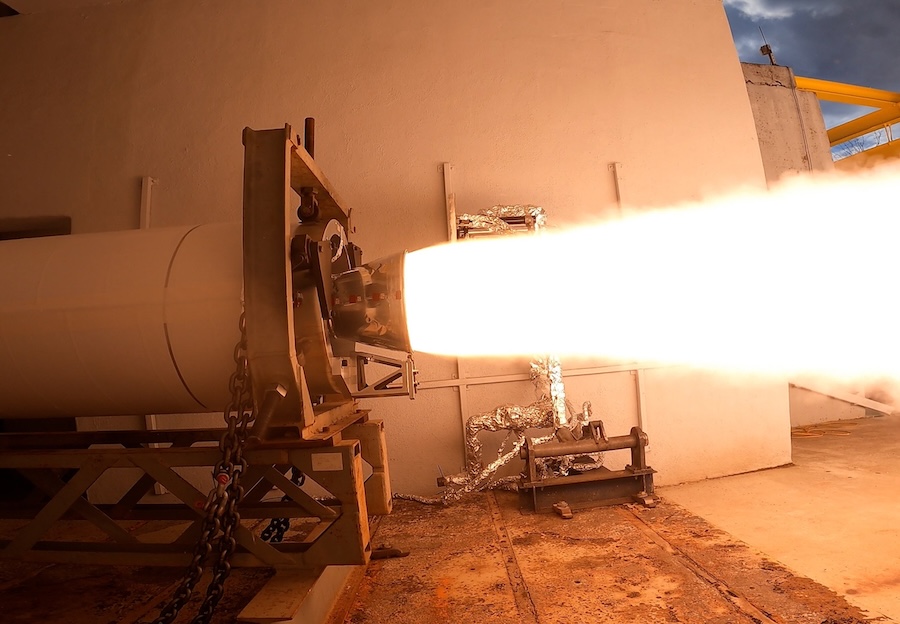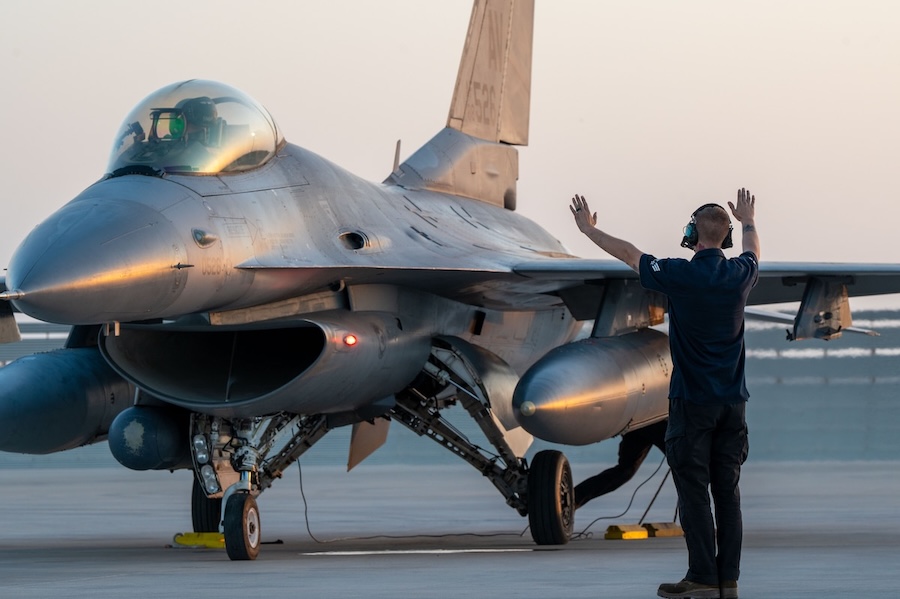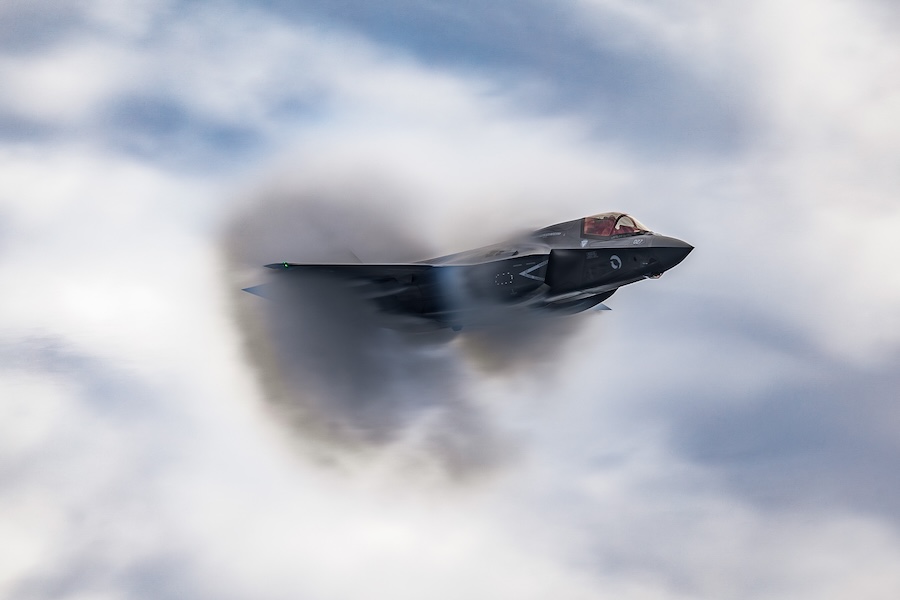The UK’s F-35 stealth fighter jet programme is falling short of expectations due to delays, rising costs, and limited operational capability, according to a detailed report by the National Audit Office (NAO). These shortcomings are now seen as directly undermining the UK armed forces’ warfighting capability, despite the aircraft’s significant technological advances and economic benefits.
The Ministry of Defence (MoD) has committed to purchasing 138 F-35 aircraft, but only 38 have been delivered—one of which was lost in an accident—leaving 37 in service and 10 more on order. However, there is no approved timetable for acquiring the remaining jets, which adds to growing uncertainty about the long-term trajectory of the programme.
The F-35B variant, capable of operating from both land and aircraft carriers, began arriving in the UK in 2012 as part of the US-led global programme managed by the Joint Program Office (JPO) in Washington, D.C. While the UK remains one of eight original programme partners, it is highly dependent on the performance of the JPO for cost-effective aircraft delivery and sustainment support.
Technologically, the F-35 is significantly more advanced than any previous UK aircraft, offering superior stealth, sensor fusion, and electronic warfare capabilities. These features enable enhanced survivability, intelligence sharing, and support to other platforms such as Typhoon jets and Queen Elizabeth-class carriers.
Despite this, the programme has been hampered by structural and delivery delays, most notably to the planned integration of UK-specific weapons like the SPEAR 3 missile and the development of a sovereign facility to verify stealth integrity—both of which are now postponed until the 2030s. Additionally, the critical Block IV software upgrade has been delayed globally, pushing back further capability enhancements.
Aircraft availability is considerably lower than MoD targets, with mission-capable rates at about 50%, and full mission capability at only one-third of the required level. This has forced the MoD to reduce pilot flying hours by 25%, from 10 to 7.5 hours per month, limiting training and operational readiness.
Infrastructure gaps, delays in global supply chains for spare parts and support equipment, and shortages in trained personnel—especially engineers—are compounding the capability shortfalls. These issues have also contributed to the MoD’s decision to delay the final delivery of the first batch of 48 aircraft to April 2026, missing multiple prior targets set in 2016 and 2020.
While the MoD has publicly forecast a whole-life cost of £18.76 billion for the programme, the NAO estimates the actual cost at £71 billion. This figure includes aircraft, infrastructure, and personnel, and reflects significantly higher spending than initially planned in the 2013 business case, with £11 billion already spent.
In June 2025, the government announced the next phase of procurement would include 15 F-35Bs and 12 F-35As—the latter capable of carrying both conventional and nuclear weapons. These aircraft are expected to support NATO’s nuclear mission, though delivery timelines have not been finalised.
Full Operating Capability (FOC) is now forecast for the end of 2025—two years later than originally planned—despite several key requirements remaining unmet. The MoD has revised its FOC criteria to include more qualitative assessments and plans to rely on the 2025 Carrier Strike Group deployment as part of its justification, even though it will require borrowing aircraft and personnel from training units and impact availability for several months.
The UK remains a major contributor to the global F-35 programme, with domestic firms manufacturing at least 15% by value of every aircraft. Although the UK plans to purchase fewer than 5% of the total production, British industry has secured £22 billion in contracts, reflecting one of the key economic successes of the early commitment to the programme.
The NAO notes that, despite strong day-to-day management and established governance, structural barriers within the MoD continue to hinder the programme’s effectiveness. These include short tenures for senior programme staff, rigid financial procedures, and complex approval pathways.
To address these challenges, the NAO recommends that the MoD implement structural reforms and adopt a whole-life assessment framework for future investment decisions. This should include a clearer valuation of both military and economic benefits, and a more precise measurement of the aircraft’s performance against operational requirements.
Gareth Davies, head of the NAO, stated: “The F-35 programme offers significantly improved capability and considerable economic benefits to the UK. But the capability benefits are not being fully realised due to delays, infrastructure gaps and personnel shortages.”
He added: “The MoD now needs to decide where to prioritise its resources to improve capability in a way that maximises the full benefits of the F‑35 programme to the UK.” As the aircraft are expected to remain in service until 2069, the report raises critical questions about the long-term viability and value for money of the UK’s most advanced combat air system.
Source: UK National Audit Office.


